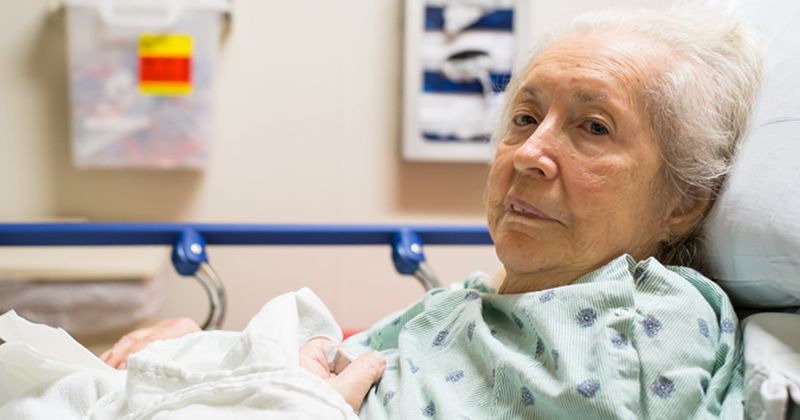Simple tool to screen for falls may predict COPD hospitalizations in older adults
SAN FRANCISCO — A self-reported fall screening instrument may be beneficial for predicting hospitalizations among older adults with COPD, according to new findings presented at the American Thoracic Society International Conference.
“Many of us know falls are the leading cause of fatal and nonfatal injury to older adults,” Vincent S. Fan, MD, MPH, investigator at the VA Puget Sound Health Care System and associate professor at the University of Washington, Seattle, said during a presentation. “This might be even more common among COPD patients who have a greater fall risk due in part to decreased muscle strength and reduced gait speed.”

Fan and colleagues conducted a cross-sectional secondary analysis focusing on data from a prospective observational cohort of 388 veterans with COPD and an FEV1/FVC ratio of 0.7 with at least one treated exacerbation in the past year (mean age, 69.6 years; 96.1% men). Using the CDC Stopping Elderly Accidents, Deaths and Injuries instrument, researchers assessed self-reported fall risk by asking participants answer six questions about falls in the past year, worries about falling, reports of feeling unsteady when walking, recommendations to use a cane or walker, need to use arms to stand up from a chair and need to steady oneself by holding onto furniture or railings. All participants underwent spirometry and completed a baseline questionnaire on sociodemographics, dyspnea and comorbidities.
In the year before enrollment, all-cause hospitalizations occurred in 44.1% of patients and COPD hospitalizations in 35.4%. Nearly 86% of patients were not cognitively impaired during the study period.
Fall prevalence in the cohort was high, Fan reported, with 37.1% reporting falling at least once, 33.3% reporting being worried about falling, 54.5% reporting feeling unsteady, 30.4% were recommended to use a cane or walker, 61.1% had to use their arms to stand from chairs and 65.6% needed to hold onto railings to walk.
The questions about whether a patient had fallen in the past year (incidence rate ratio [IRR] = 1.49; 95% CI, 1.05-2.13) and feeling unsteady when walking (IRR = 1.67; 95% CI, 1.15-2.4) were associated with risk for all-cause hospitalization. The question regarding worry about falling was associated with risk for COPD hospitalizations (IRR = 1.75; 95% CI, 1.04-2.96).
Researchers observed an association with worse quality of life on all four scales of the Chronic Respiratory Disease questionnaire for all three fall questions.
“The study fall questions, designed as a screening tool for fall risk, may identify patients with COPD who are at higher risk of hospitalizations. Future studies should look prospectively to see whether these questions predict COPD outcomes,” Fan said. “Importantly, pulmonary rehab programs should consider incorporating evidence-based fall prevention strategies to help prevent patients from falling as part of the rehab program.”










